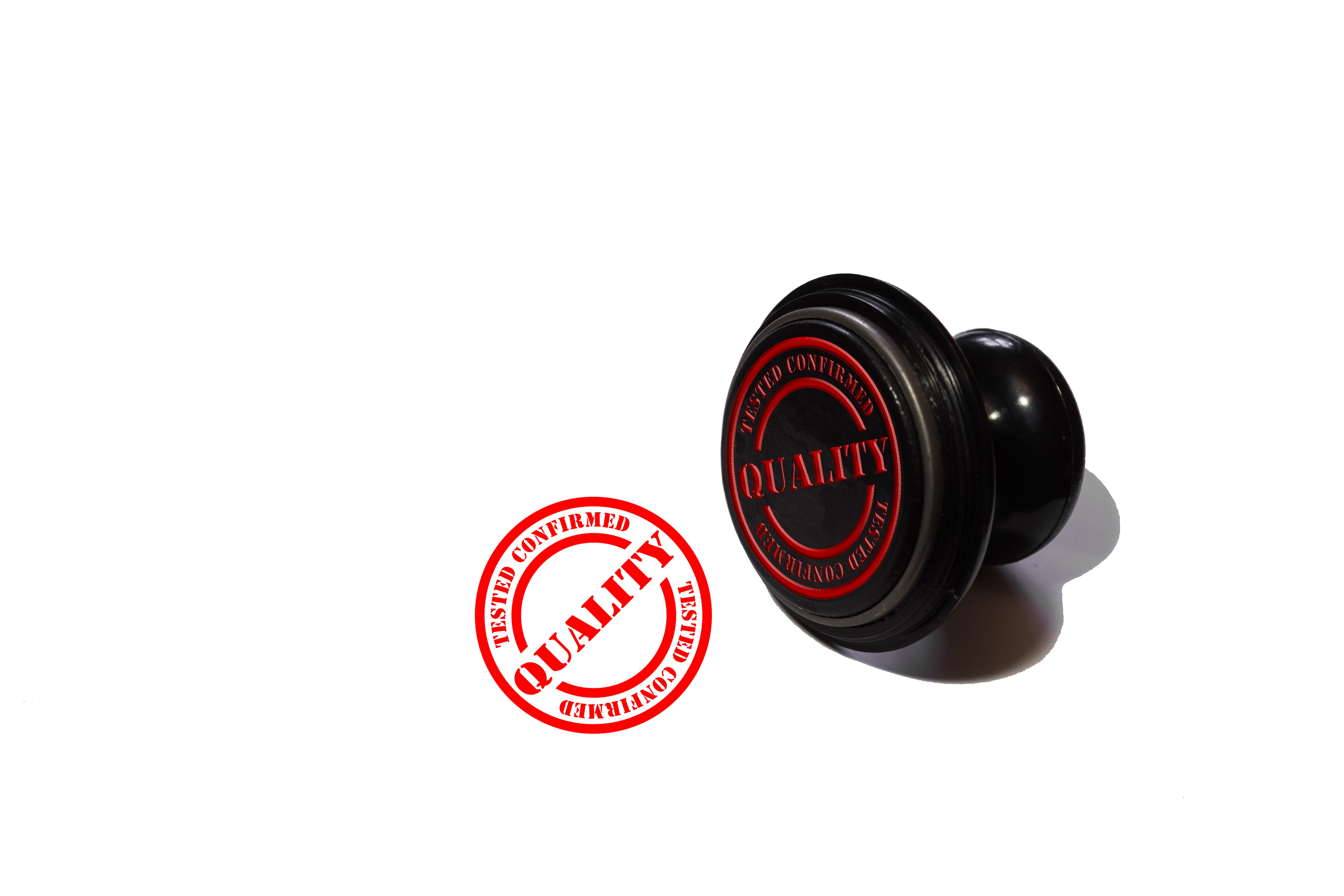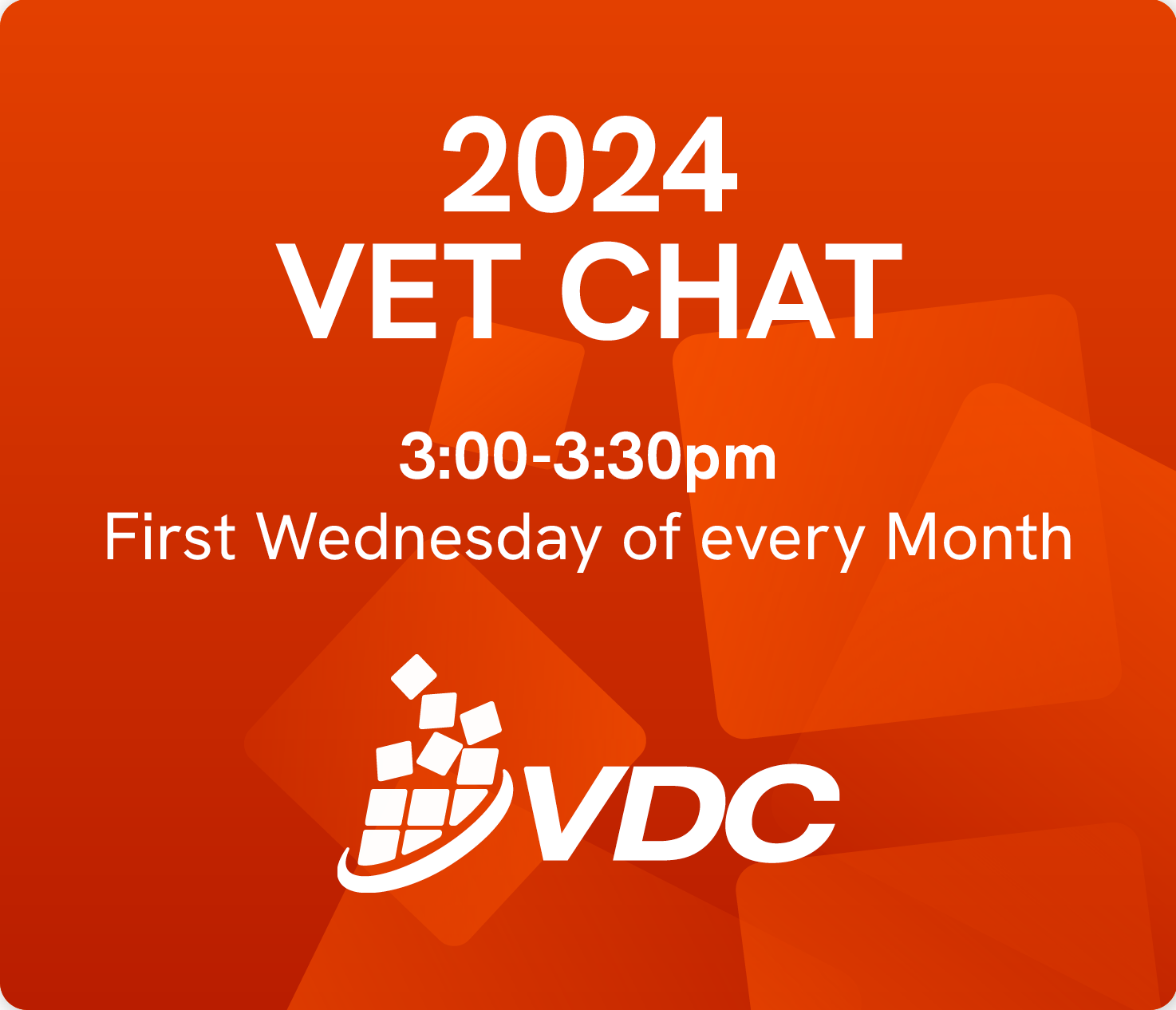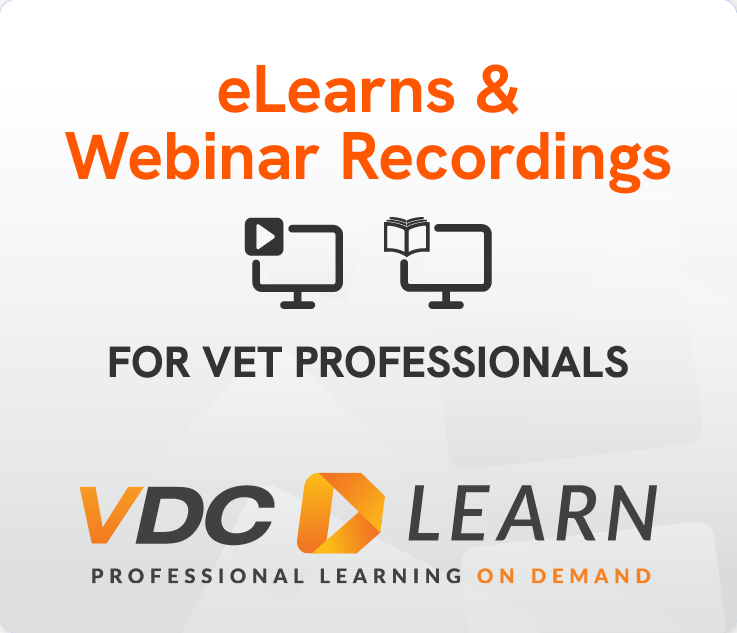The short answer is that it depends. The nature of quality is very much in ‘the eye of the beholder’ and based on the view from their ‘hill top’. Two recent publications from NCVER have explored the issue.
‘Are we all speaking the same language? Understanding ‘quality’ in the VET sector’, focuses on the distinctive views of the five major groups of VET stakeholders: learners, employers, providers, government and regulators. The second, which can be found through the link above, is a supporting document that examines the key factors that drive the performance of registered training organisations.
What are the important elements of quality?
VET quality has both ‘macro’ and ‘micro’ elements: it is both an overarching macro concept for governments and regulators, and one which is very much more micro for individual learners and employers. This mixture of fact, perception and perspective is what makes the concept of VET quality so multilayered. It is very difficult to define and explain. As the paper points out, even the views of most of the stakeholder groups are not necessarily homogeneous.
While all the perspectives make for interesting reading, let’s focus on just two of them: the provider and the regulator.
The provider perspective
For providers, good outcomes for learners and industry are at the heart of a provider’s role and mission. Both partnerships and strong links to employers/industry, and good learner support, are important. So are the capabilities of teachers and trainers, the quality of their assessment skills and processes, and the level of provider flexibility in meeting the various stakeholders’ expectations.
In reality providers have to balance the wide variety of stakeholder views about quality. Prioritizing these is hard because many are very subjective. One key element is how well providers gather, access and use a variety of data and other information in timely ways to help improve the quality of what they do.
The regulator perspective
Effective, fair and prompt regulation is foundational to VET quality. This is also essential to identify and remove poor quality providers from the system. It is focused on managing risk at the systemic level that can affect consumer confidence and the sector’s reputation. At provider level it wants to make sure that:
‘providers delivering and certifying training that fails to meet the nationally approved quality standards are identified and quickly dealt with.’
Regulation is a balancing act. It requires timely data and other intelligence to inform its decisions. However, the paper also suggests that:
‘While consistency and stability in the regulatory regime are important for a quality VET system, increased regulation to counter poor-quality VET provision is a double-edged sword, as increased red tape can be an administrative and financial burden on providers.’
So what is needed?
So what initiatives for quality improvements were suggested? Three stood out: better and more independent assessment processes which could be more proficiency-based; a greater focus on the capability of VET’s teaching workforce; and balancing improving data quality and frequency of collection with information overload.








